Castor oil comes from the seeds of the castor plant, which originates in India. It’s popularly promoted for a variety of uses, from easing allergic skin reactions to encouraging hair growth across the body.

The oil contains ricinoleic acid, an omega-9 monounsaturated fatty acid that has been loosely connected to shifts in two compounds believed to influence hair growth:
- PGD2, which can reduce the size of hair follicles and has been linked to areas prone to hair thinning
- PGE2, an anti-inflammatory agent that’s thought to encourage fuller hair
People praise castor oil for its hydrating and nourishing qualities, which is why it’s used for a range of purposes, such as:
- reducing inflammation, particularly with skin rashes
- stimulating hair follicles
- improving circulation
- adding shine to hair
It’s often marketed as a product that promotes hair health by lubricating the skin around follicles and protecting long hair strands from damage.
But is it effective for growing a beard? Current evidence does not support that — although it might assist when combined with other approaches that encourage hair growth, like dietary and lifestyle changes.
That difference exists because facial hair is a secondary sexual characteristic and behaves differently than other body hair.
Types of castor oil
Before picking a product, it helps to understand the varieties you’ll find on store shelves:
- Castor oil. Fresh castor seeds are cold-pressed, meaning the oil is extracted by subjecting the seeds to high pressure using a press similar to those used for juicing.
- Black castor oil. The seeds are roasted first, then heated before the oil is collected.
- Jamaican castor oil. Seeds are roasted, crushed and ground with a mortar and pestle, boiled in water, then pressed to extract the oil.
Jamaican castor oil is often touted as the most advantageous because it’s usually less processed, and its darker hue from roasting can make facial hair appear deeper in color.
However, no conclusive research proves one type is superior to the others.
Why castor oil for beard growth isn’t proven to work
There’s no strong evidence that castor oil directly promotes significant hair growth.
That said, it has properties that might indirectly favor beard health.
Its ability to limit bacterial or fungal overgrowth on the skin could protect follicles from harm, helping maintain healthy hair and potentially supporting growth.
Reducing PGD2 may offer benefits for hair in other areas of the body, and even for eyelashes and eyebrows. But this effect hasn’t been specifically tested on beard hair or other post-puberty hair types.
Precautions and side effects
Using a small amount of castor oil on your face is generally safe, and it provides several anti-inflammatory and antimicrobial skin benefits.
But apply it with care, as misuse can cause irritation. Avoid using it on open wounds or actively inflamed skin.
Possible adverse effects from excessive or improper use include:
- Skin irritation. If you have dermatitis or any active rash, applying castor oil could aggravate the area.
- Eye irritation. This can happen if oil gets into your eye or you accidentally touch your eye while applying the oil to your face.
- Stomach cramping, nausea, or vomiting. These symptoms may occur if castor oil is swallowed.
Are there alternative remedies for facial hair growth?
Below are practical tips to help your beard grow faster or appear thicker:
- Clean, trim, and moisturize your beard regularly to improve its appearance and health.
- Use olive oil or avocado oil alongside castor oil to lubricate strands and surrounding follicles, protecting your beard hair.
- Try leave-in conditioners to keep beard hair hydrated; they can have effects similar to natural oils.
- Mix castor oil with a carrier oil, like coconut or almond oil, to enhance its moisturizing action.
- Boost circulation to hair follicles—through exercise, facial massages, or taking vitamin E and B supplements—to potentially help beard hair grow faster.
- Maintain balanced testosterone with a nutritious diet and consistent exercise. Eat foods high in protein, iron, complex carbohydrates, and zinc.
Increasing beard growth with medical treatments
Your physician may suggest one of the following options to encourage beard hair growth:
- Minoxidil (Rogaine). Widely used for scalp hair growth and sometimes applied to beards. Minoxidil can produce unpleasant side effects and requires hours of contact time after each application, which may make it impractical for facial use.
- Testosterone. If you have low testosterone, hormone therapy can stimulate facial hair growth. Because supplements and hormone treatments can have major systemic effects, pursue them only if diagnosed with low testosterone by a doctor.
- Beard implants. This surgical procedure transplants hair into the facial area. If you’re dissatisfied with your beard or can’t grow facial hair, it may help—though it’s costly and results might not match your expectations.
Takeaway
There’s no firm proof that castor oil stimulates beard growth.
Still, it offers several benefits for your skin and other body hair, so it’s reasonable to use it on your face or other areas to moisturize and help reduce bacteria and fungal presence on the skin surface.

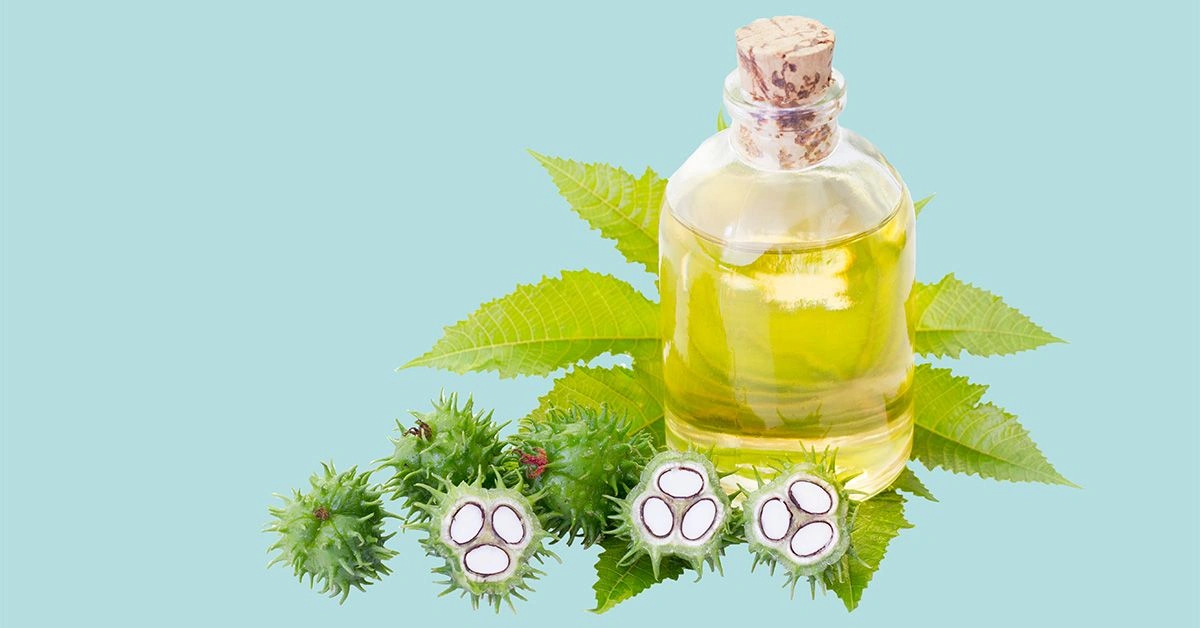

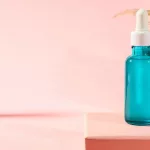

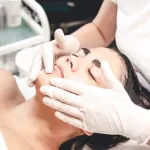



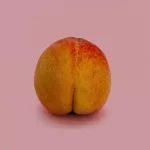
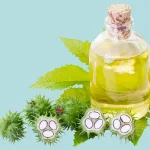
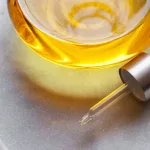






Leave a Reply
You must be logged in to post a comment.